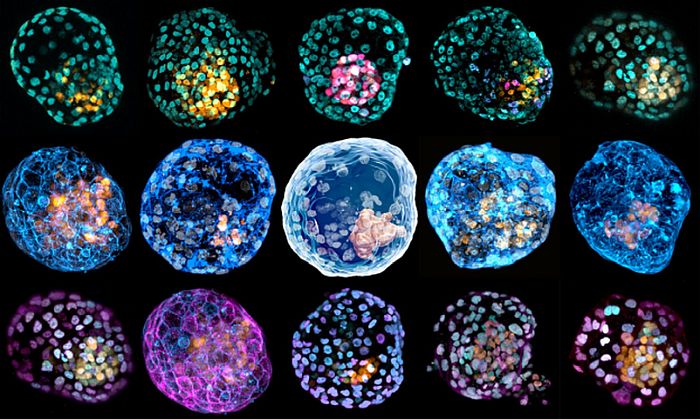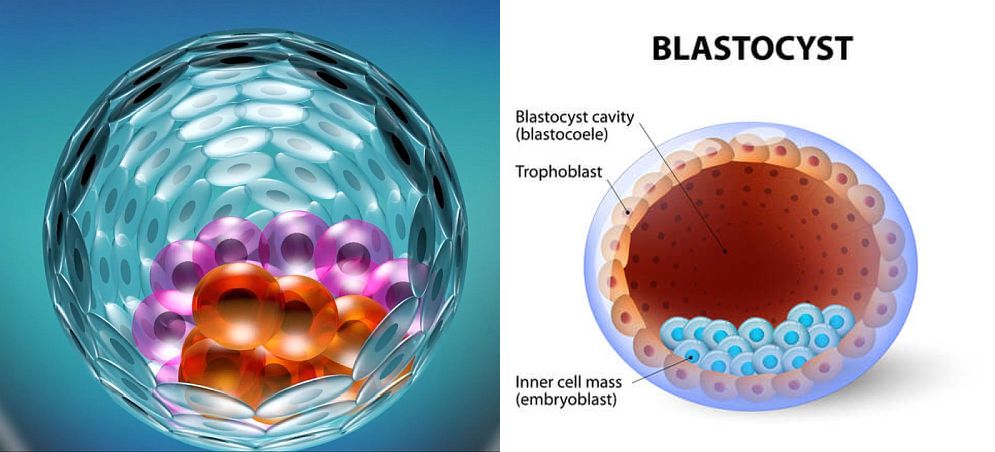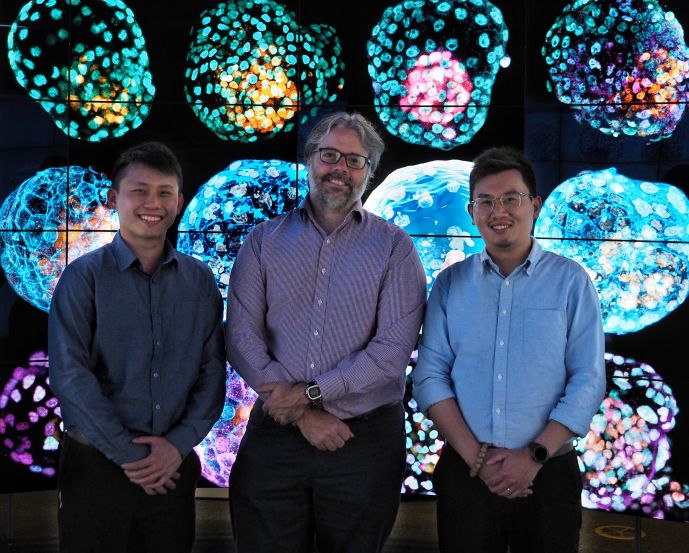
In an interesting research, scientists made an unbelievable attempt of creating early human embryo from skin cells!
An international team of researchers led by Monash University Australia has developed a model that resembles human embryo from skin cells.
As per Professor Jose Polo, lead researcher, the team has reprogrammed Fibroblasts – the most common cells of connective tissue in animals – into a 3-dimensional cellular structure called iBlastoids. The new structure resembles morphologically and molecularly similar to human blastocysts.
Blastocyst is a stage in the growth of embryo, when the embryo is about 5 to 6 days old after fertilization. It consists of Internal cell mass and out cell layer called, the Trophoblast.
According to the researchers it is quite a significant breakthrough as it will help in getting in-depth understanding of:
- initial steps in human development
- reasons that lead to infertility
- congenital diseases and
- the effect of toxins and viruses on early embryos
Eventually the insight will lead to develop novel therapies and over all a new approach towards the learning of human blastocysts.
Nuclear reprogramming
With the help of nuclear reprogramming, the Polo Lab was able to develop the iBlastoids successfully.
They altered the cellular identity of human skin cells by introducing them into an extracellular matrix. The resultant structure resembled human blastocyst. Researchers termed their new blastocysts as iBlastoids.

Structural difference between iBlastoids & blastocysts
Structurally, iBlastoids looks like its human counterpart. Like blastocysts, it has an embryoblast or the inner cell mass surrounding by an outer layer of trophectoderm-like cells. Inner cavity too looks like blastocoel.
In human embryos the embryoblast morphs to create an embryo. While the out cellular structure called the trophectoderm develops into placenta.
Only difference between the two is the absence of Zona Pellucida in iBlastoids.
Pellucida is the outmost membrane that is formed from egg that interacts with sperm during fertilization and disappears with the progression of stage.
Since, iBlastoids did not go through fertilization process, hence, they do not possess a zona pellucida.
Stem Cell Research
Not much information is known regarding the ethical conduct of this line of work. According to the International Society for Stem Cell Research such models might possess great potential towards the understanding of early human development for biomedical science. And this might also call for a smaller number of animals and human embryos in research relatively.

Takeaway
Researchers are quite optimistic about their study. Infertility and miscarriage often lead to early-stage human embryos failing to implant. At times, issues like progress of embryos may get impeded even after successful implantation.
Generally, it takes place in the first 2 weeks after conception and women are not even aware of their pregnancy yet.
According to Professor Polo, these ‘silent’ miscarriages represent quite a substantial proportion of the total number of miscarriages. It is here that iBlastoids can help in accessing the problem at the root level.
Additionally, iBlastoids will also assist in the development of
- improved methods for IVF
- gene therapy
- impact of certain medicine on early embryos
- effects of virus and toxins on early embryos
- screening methods for new drugs
Via: Monash University



